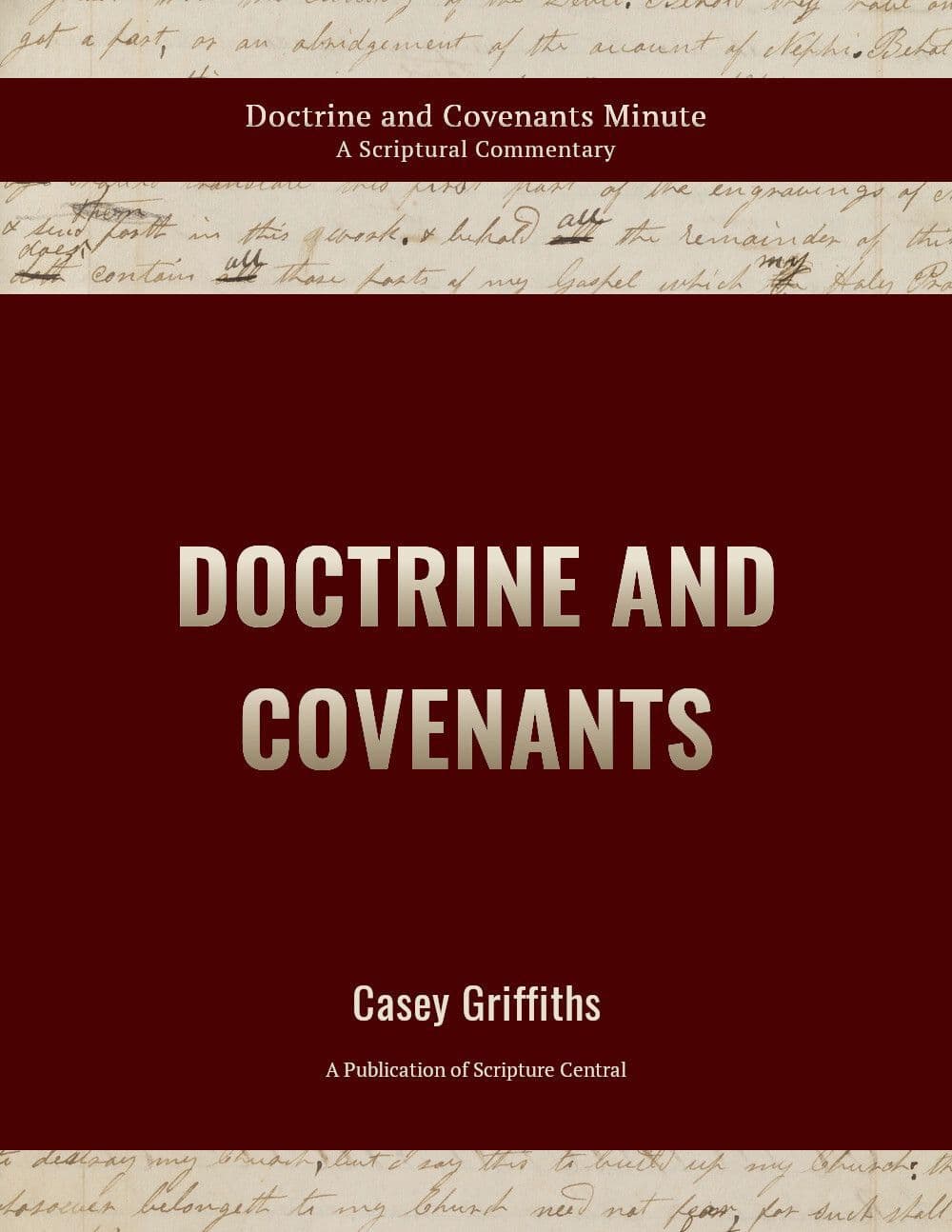Book
144 Chapters

When Frederick G. Williams was brought into the presidency of the high priesthood on March 8, 1833 (D&C 90), several other responsibilities came along with his new calling. One of these involved a group of Church leaders that Joseph Smith had organized a year earlier. This group formed the “United Firm” (referred to in this section as the “united order”), a governing financial council that oversaw several crucial projects for the Church. The United Firm was responsible for “regulating and establishing the affairs of the storehouse for the poor of my people” (D&C 78:3); holding Church properties in trust; operating general stores in Independence, Missouri, and Kirtland, Ohio; and overseeing the publication of scripture. They also supervised city planning and the construction of church buildings, including the Kirtland Temple. Earlier members of the United Firm were Joseph Smith, Oliver Cowdery, Sidney Gilbert, Martin Harris, Edward Partridge, William W. Phelps, Sidney Rigdon, John Whitmer, and Newel K. Whitney. Frederick G. Williams was the first new member of the firm since its organization a year earlier.
In the spring of 1833, the plans for building the city of Zion and the temple in Kirtland were accelerating, and Frederick G. Williams eventually became deeply involved in both projects. Both the plat of the city of Zion and the design for the temple were recorded in Williams’s handwriting and sent to Missouri later that summer.1 Williams also copied the revelation found in section 92 by his own hand into Joseph Smith’s letterbook.
See “Historical Introduction,” Revelation, 15 March 1833 [D&C 92].
1 Verily, thus saith the Lord, I give unto the united order, organized agreeable to the commandment previously given, a revelation and commandment concerning my servant Frederick G. Williams, that ye shall receive him into the order. What I say unto one I say unto all.
2 And again, I say unto you my servant Frederick G. Williams, you shall be a lively member in this order; and inasmuch as you are faithful in keeping all former commandments you shall be blessed forever. Amen.
The “commandment previously given” (D&C 92:1) is found in Doctrine and Covenants 78:11 and asks the members of the united order to “organize yourselves by a bond or everlasting covenant that cannot be broken” (D&C 87:13). In a part of this revelation, Frederick G. Williams was asked to be a “lively” member of the order. One of the synonyms for lively in the language of the time was active. The word active is often used in the Church today to distinguish someone who participates in the Church from someone who is simply on the membership role but has little or no functioning role in the Church. There are a number of reasons why people fall into inactivity or struggle to participate. Such individuals need our love and encouragement, not our judgement.
To be lively members of the Church, we should view our Church membership as an outlet in which we each offer up our best rather than demanding something in return for our participation. Daniel Becerra, a professor of Ancient Scripture at BYU, has likened these two attitudes to a restaurant and a potluck dinner. Some people treat the Church like a restaurant, going in with expectations of being served. These people commonly complain, “I get nothing out of it.” Participation in the Church is a more enriching experience if we treat it like a potluck dinner. We need to go in asking “what am I bringing to bless and serve others?”2 When the Lord asked Frederick G. Williams to be a lively member of the united order, it was a simple way of asking him to contribute and be proactive in his service. The Lord expects the same of each of us: be a lively member of the Church.
Book
144 Chapters
Items in the BMC Archive are made publicly available for non-commercial, private use. Inclusion within the BMC Archive does not imply endorsement. Items do not represent the official views of The Church of Jesus Christ of Latter-day Saints or of Book of Mormon Central.